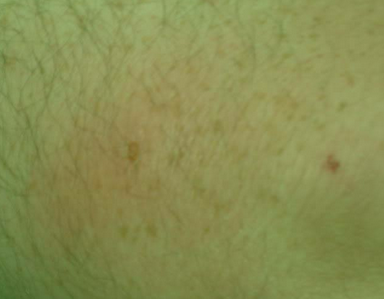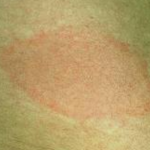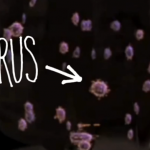A bee sting is a sting from bee which can include honeybee, sweat bee or bumblebee. It can also mean the sting of a bee, hornet, wasp or yellow jacket. Sometimes, the bite of horse fly is also included in bee sting. It is natural to avoid the stings of these species because they can be painful and can cause lot of discomfort. However, it should be noted that bee stings are different from insect bites. When a person gets bitten by insect, the venom or toxin of stinging insects is passed on to the human blood which can further lead to devastating effects. Some effectively stinging insects are vespid wasps which includes some yellow jackets and bald-faced hornets.
Bee stings commonly happen in the outdoors. Most of the bee stings can be cured by following simple home treatment. However, if a person is allergic to bee stings or get stung number of times, they need to go through a treatment.
Causes of bee sting
Bee sting contains proteins effecting skin cells and immune system resulting in pain and swelling around the affected area. If a person has bee sting allergy, the venom discharged from the sting can cause a more serious immune system reaction. Chances of bee stings are more in people who live in an area which have active beehives nearby. If the person spends time outside more, then also, he has more chance to get stung by bee. If someone has already been a victim of allergic reaction of a bee sting in the past, then there are chances that they might get allergic reaction this time also.
Symptoms of bee sting
Bee stings produces multiple reactions which ranges from a minor temporary pain and discomfort to a serious allergic reaction. Symptoms of bee stings are categorized into mild, moderate and severe. In the mild reaction, minor symptoms are observed and they are limited to instant and sharp burning sensation at the at the sting site. There is a slight swelling observed in the sting area and a red welt in formed around the zone. In most cases, the symptoms disappear after few hours. For some people, the symptoms do last for five to 10 days. These people can experience the same symptoms as above, but the sting area becomes extremely red and the swelling in this area gradually enlarges after two day or so. The moderate reaction symptoms sometimes take 10 days to resolve.
Anaphylaxis
While the above two reactions do not intend to threaten life, few individuals are extremely allergic to bee stings which becomes life threatening for them and wants emergency treatment. The severe allergic reaction is called as anaphylaxis and only gets develop in a small percentage of population. Symptoms of anaphylaxis include skin reactions containing severe hives and itching and flushed or pale skin, swelling at the sting area, in throat and sometimes in tongue, difficulty in breathing, rapid pulse beating, nausea, vomiting and diarrhea, consciousness loss or dizziness. People who are allergic to bee sting tend have higher chances of getting the same symptoms to anaphylaxis next time they are stung. It is advised to consult a doctor as soon as you experience severe symptoms.
Multiple bee stings
Sometimes, a person may get stung by multiple bees. This usually happens when people disrupt hive or swarm of bees; usually happens in case of Africanized honeybees where they sting people in a group. Getting multiple bee stings is always serious as venom may get accumulated and results in toxic reactions which make a person feel sick. The symptoms of multiple bee stings include nausea, vomiting, diarrhea, headache, vertigo, fever, convulsions, fainting or unconsciousness. For children and people with breathing problems, multiple bee stings call for medical emergencies.
Diagnosis of bee stings
While home remedies are administered on people who are affected by bee stings, sometimes it requires medical attention, especially when bee stings can cause allergic reactions. If proper treatment is not provided to the persons in case of anaphylaxis, it can cause death of the individuals. First step in the treatment of bee stings is conducting tests and diagnose the disease. Doctors can suggest skin test and/or allergy blood test. Skin test is done by injection of allergen extract into the skin of arm or upper back, whereas in blood test, a blood sample of the affected person is sent to laboratory to identify the sensitivity to possible allergens.
First Aid and Treatment
For minor and moderate reactions, home treatment can be provided. The treatment starts by removing the stinger, wash the area with soap and water and then apply cold compresses or ice. This will help to relieve pain and ease swelling. Apply hydrocortisone cream or calamine lotion to reduce skin redness, itching or swelling. If you are too much bothered by the itching or swelling, take an oral antihistamine containing diphenyldramine or chloropheniramine. During emergency situations, epinephrine, oxygen and intravenous antithistamines are also administered. The patient or his attendant needs to call emergency service to see medical attention.
Bee sting pictures







